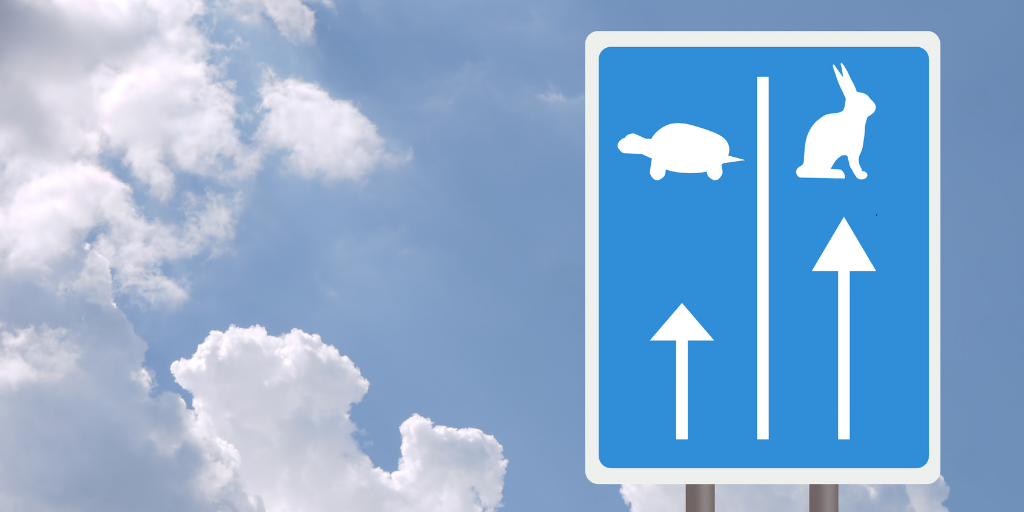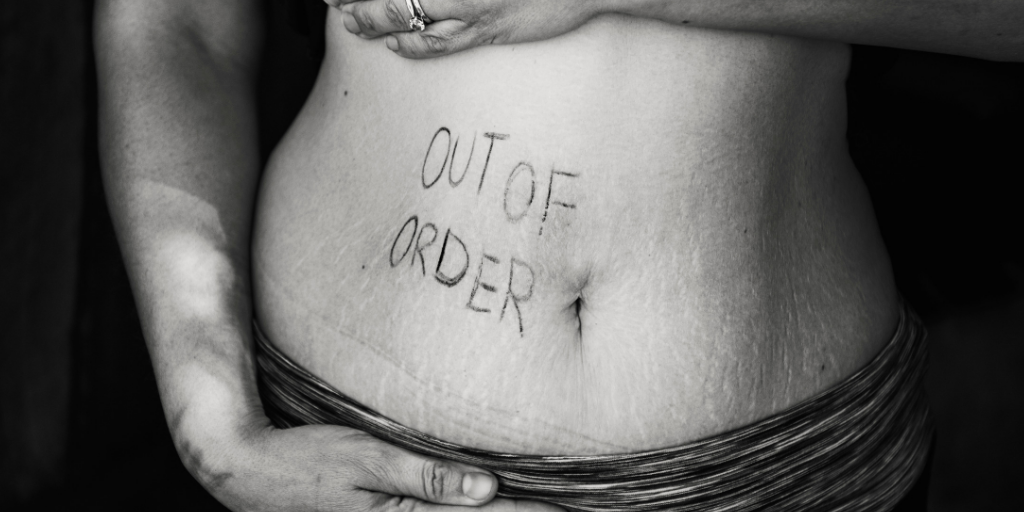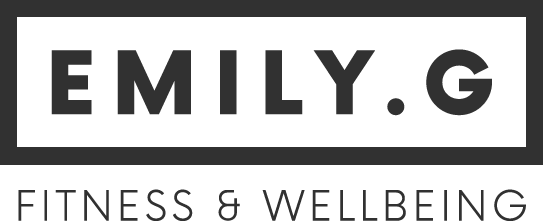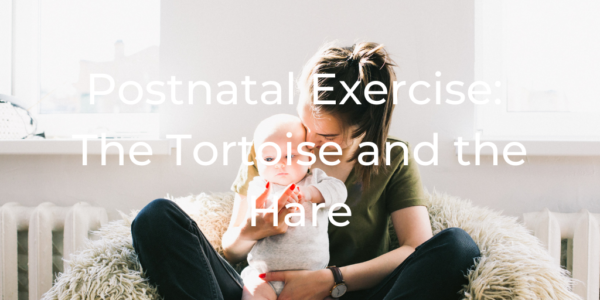Congratulations! You have a wonderful new addition to your family and your life is very different to before.
New babies are all-consuming, but as you begin to feel a bit more in control and able to think about something other than that tiny person who has made your world a whole new place… your thoughts may begin to turn to getting “your body back”. Maybe you look in the mirror and don’t like what you see, or you just want to FEEL better. To have more energy, to feel strong again.
You’ve seen the celebrities and instagram stars who seem to pop back into shape after their babies like they’re made of elastic, and you want that for yourself.
Maybe you were a super fit gym bunny pre-pregnancy. Or exercise is a whole new adventure for you and you’re excited to get started. Whether you were either of these, or something in-between, the temptation can be to rush in, sign up for some high intensity classes and try to jump and sweat your way back to your pre-baby self.
Remember the Tortoise and the Hare!

Yes there’s a reason for mentioning that fable! Just like the Tortoise and the Hare, sometimes slow and steady really does win the race (not that we’re racing here!)
So… Before you sign yourself up for an all-singing, all-impact HIIT class, or throw yourself into crossfit, or any other exercise class, there’s a few things you need to consider…
You can’t ‘get your body back’
Yes that sounds awfully negative – but bear with me… You can’t get your body back because it never left. Your body is still there, it has changed and it has done miraculous things. So it may not look exactly the same but it is still yours and you should be proud. Your body will always be postnatal and it will always be your body.
HOWEVER that doesn’t mean that your postnatal body can’t be stronger, fitter, faster, “better” than ever before. It just needs a slightly different approach.
Build a strong foundation
What would happen if you built a house but didn’t lay any foundations? Well, it might look great for a while, but eventually the strain of everyday life would show and the walls would begin to collapse. The same is true for your postnatal body. It has been through a lot and it needs some tender loving care to help it heal and recover fully. If you spend time now rebuilding the foundations of your core and pelvic floor, it will allow you to build your ideal, strong, functional body and help you avoid any future issues.
Jump into unsuitable, intense exercise too soon – even if you feel awesome – and you may find that the ‘walls’ collapse. When this happens we can be left with serious dysfunction – diastasis recti, incontinence, back pain, pelvic pain, prolapse – even if there was none present before.

Slow down to get there faster
Despite the impression we are given by some in society – your body has been through a huge thing. It took you months create a whole new human, and it only seems fair that you also give your body months to heal from the experience.
That doesn’t mean you have to lay down and rest (what’s that I hear? The sound of millions of mothers sarcastically laughing at the thought of resting?)…. Not at all. We should all be starting to exercise as soon as we feel able post-birth. However, it DOES mean the right exercises at the right level. If you have just had a baby, had your baby a while ago but have not exercised, or have done exercise but struggled with leaking/pain etc. then you need to begin with gentle restorative movement that will re-connect you with your pelvic floor and core.
It’s not just about kegels
Kegels awesome, you should definitely do them, but they shouldn’t be the only exercise you do. So what should you do?
- Work on your kegels but also on the opposite. Don’t just lift and squeeze your pelvic floor, allow it to also release and become soft. Symptoms of pelvic floor dysfunction, such as incontinence, can as easily be caused by tight, overworked pelvic floor muscles as they can be by weak, underworked ones.
- Work on your posture – do you thrust your ribs up when you stand? – can you bring the ribs down and feel your core muscles engage?
Do you often carry your baby hitched up on one hip? – try and check in every so often and see if you can stand more evenly with the weight distribute through both legs. - Breathing – Spend a bit of time concentrating on your breathing and how it feels. Where do you breathe? Up into your chest? Down into your belly?
Lay down on your back or side, in child’s pose or sitting, however feels most comfortable and natural to you and breathe – you should feel everything expand and release as you breathe in and a slight lift and contraction as you breathe out. Look for the lift of the pelvic floor as you exhale – this will be the foundation of being able to activate the pelvic floor and core. - Do gentle core exercises and ensure you are activating and releasing your core as you breathe – lying leg marches, glute bridges, heel slides, fire hydrants – these will all begin strengthening the core without putting undue pressure on your abdominals and pelvic floor. They may seem simple, but done correctly they are incredibly effective. You can build up to more challenging exercises as you master these movements.
Become the Tortoise
This slow path can be very frustrating. Becoming the Tortoise, especially if you have been the Hare and exercised intensely previously, is hard!!
But I promise you it will be worth it in the end. Get that foundation functioning well and you will be much more able to get where you want to go.
In fact any woman, regardless of whether they have had a baby in the past, should learn during postnatal exercise to connect to, strengthen and soften (because releasing and relaxing is as important as engaging and strengthening) the pelvic floor and core. It really is a must-have weapon in your workout arsenal!
Getting back to exercise after a baby is an important step, but remember to be kind to yourself and take into account everything you have been through (pregnancy, birth) and everything you are still going through (lack of sleep, hormonal changes, healing) and you will soon be on the right road to a fit, healthy post-baby body.
Need help with your postnatal fitness?
My postnatal personal training service is here to help. I have worked with many women, just like you, and can help you to get back to fitness after baby. Just drop me a message if you’d like to chat!
Or if you are looking for something you can do at your own pace, in your own home and that is easy to follow – the Stronger Mother programme is here to help!

